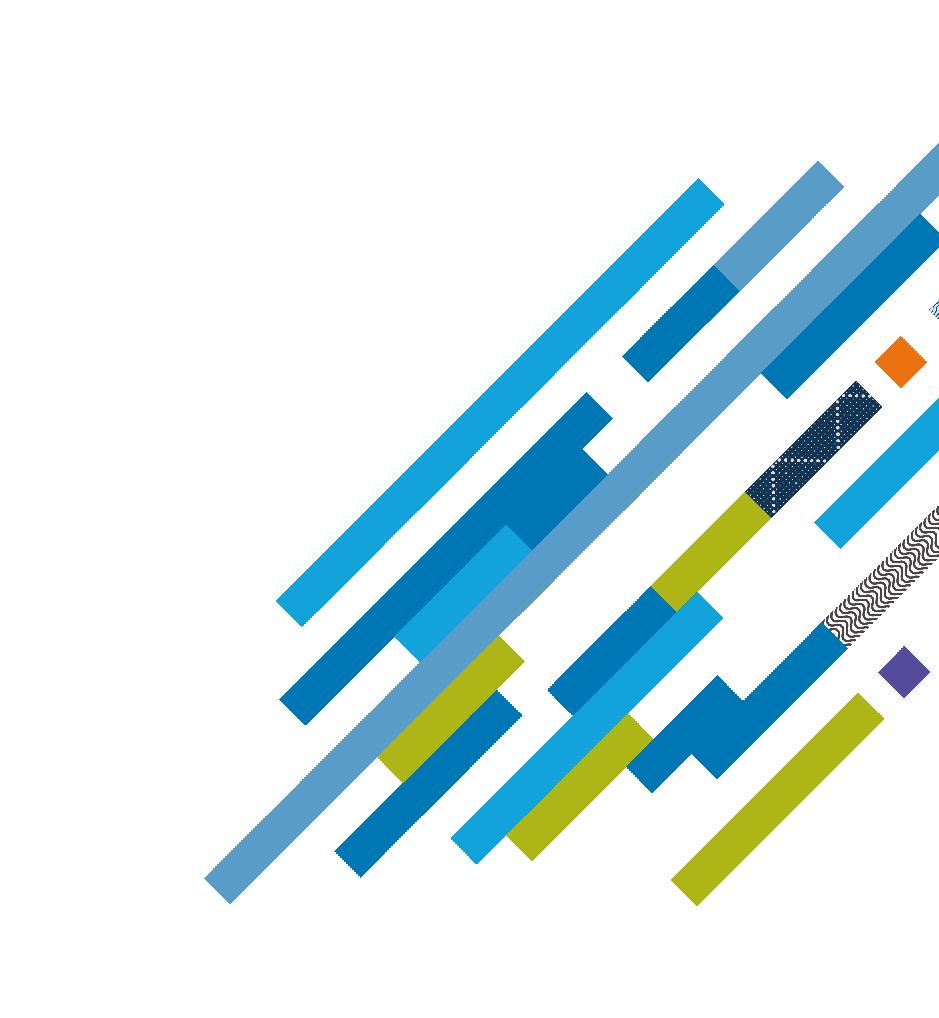
2 minute read
SRD II: Transforming Global Proxy Voting And Shareholder Disclosure
from TNF Issue 7
On 4 September 2020, the European Union’s (EU) revised Shareholder Rights Directive (SRD II) came into effect. The changes were designed to enable greater transparency between issuers and their shareholders and encourage investors to become more involved in shareholder voting activities.
In an exclusive Q&A with Demi Derem, General Manager, International Investor Communication Solutions at Broadridge, we explore Broadridge’s latest technological innovations that have helped to transform proxy voting and shareholder disclosure services.
Broadridge is well known for its significant investments in innovation and technology. Why did it decide to focus its innovation to meet the challenges introduced by SRD II?
Investor communications is a core competency, at the heart of Broadridge. We saw the introduction of SRD II as an important opportunity to help our clients, and the wider industry impacted by the regulation, to meet their new compliance obligations. SRD II’s scope mandates the provision of voting and disclosure services by a far broader range of intermediaries than ever before, including brokers, wealth managers and retail banks – many of which are now required to provide these services for the first time. We knew that we had to help them tackle these new requirements.
To do so, Broadridge enhanced its core platforms to deal with SRD II’s same-day processing requirements. We also developed several new and exciting products, including our new shareholder disclosure platform, which harnesses the latest hybrid DLT and API technologies. Our SRD II solutions were operationally live ahead of the September 2020 deadline, and we are proud that they are now helping more than 300 major financial institutions to meet their proxy voting and shareholder disclosure obligations.
Broadridge offers tailored solutions to a range of different investor types operating all over the world. How did Broadridge support those operating on a cross-border basis?
SRD II implementation was more complex for multinational firms, who had to adhere to differing data security regimes, and were hampered further because of varying timelines for transposition. For many European countries, shareholder identification was an entirely new process to adopt. Intermediaries operating across different time zones were further challenged by the obstacle of meeting the respective daily response deadlines for shareholder identification requests.
To combat this, Broadridge innovated its market connectivity with key infrastructure providers. This, coupled with flexible rules-based systemic processing, allowed us to help clients navigate these complexities with due efficiency.
How has Broadridge adapted its solutions for retail banks and brokers who are relatively new to shareholder rights?
Prior to SRD II, the retail segment of the market offered a passive voting service for issuer meetings. However the revised SRD meant that it needed to now offer an online and on-demand service to all investors.
To cater to the specific needs of this market, we focused on protecting the end client experience by integrating our voting solutions to branded client front-end portals. We developed functional multi-channel e-voting solutions, including mobile apps. We knew that this would be especially important to retail banks, their investors and the younger generations who prefer the convenience of this method versus a PC-based login.
Demi Derem General Manager Investor Communication Solutions International Broadridge Financial Solutions











